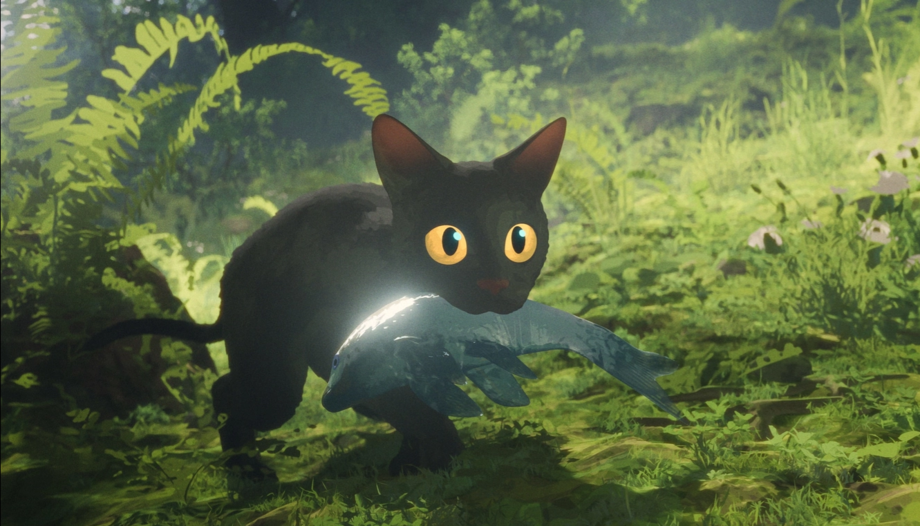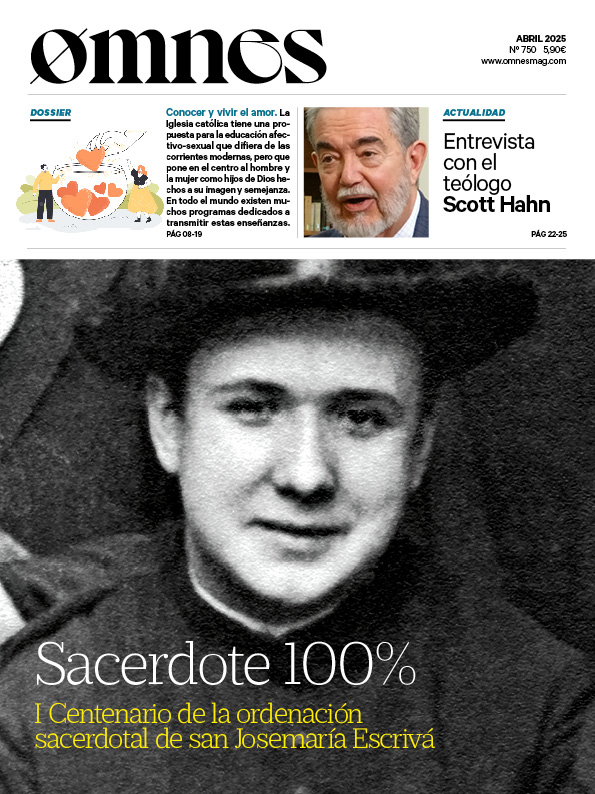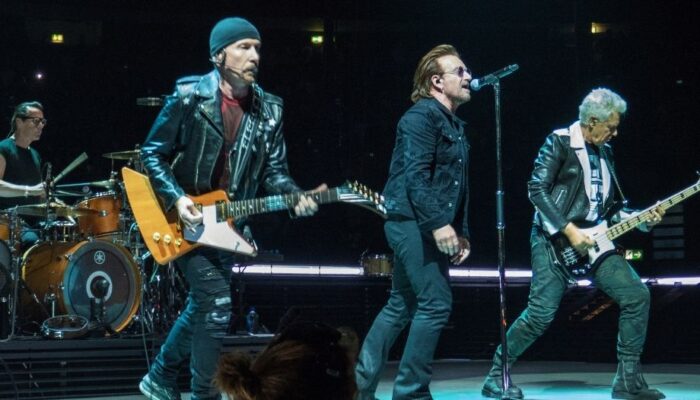"Flow," by Gints Zilbalodis, is not the kind of film that demands attention with spectacle or sound. It doesn't rely on big orchestral surges or snappy dialogue to grab the audience. Instead, it moves like a whispered fable, a story told with gestures and glances rather than words. And yet it lingers, long after the screen melts to black, and leaves you with a sense of having witnessed something sacred.
Watching "Flow" in a Lithuanian theater with my girlfriend and some friends, I couldn't help but reflect on its deeper themes. The film, which recently received the Oscar for best animated film, has been celebrated in the Baltic countries as a great artistic achievement. But beyond its technical mastery, "Flow" pulses with something else, an elemental spirituality that seems as old as the myth itself.
"Flow" is an elemental journey: water, wind, earth and the creatures caught between them, swept along by forces they cannot control. At the center is a nameless cat, observer turned participant in a world that seems to vanish beneath the tide.
Without dialogue or exposition, "Flow" relies on movement, glances and the unspoken bonds that form between its characters. The cat begins alone, a ragged scavenger navigating a landscape where danger comes in the form of waves, stampedes, floods and the silent entropy of a crumbling world. The film's emotional weight gradually increases as the cat collects companions: a Labrador, a capybara, a lemur and, above all, a white secretary bird whose presence suggests something deeper than mere camaraderie.
Meditative beauty
At first, the silence of "Flow" can be unsettling. There are no human characters or words to guide the narrative. All there are are animals, moving, interacting, surviving in a world that is both familiar and strange. As the story unfolds, however, the absence of dialogue becomes its greatest virtue. Barking, squawking and rustling leaves fill the spaces where words would otherwise live. Every sound seems intentional, every movement deliberate. It's as if the film teaches you a new way of listening, of seeing, of experiencing. For those willing to surrender to its rhythm, "Flow" offers a profound sense of connection, not just with the creatures on screen, but with the natural world as a whole.
It gave me the impression of a kind of meditative quality. A reminder of stillness, where God's voice can be heard more clearly (Psalm 8). In the stillness of "Flow," there is room for reflection, for wonder, for a deep appreciation of the Creator's handiwork. Seeing the beauty natural present in the film, it instantly made me think of the greatness of God, how he makes all the elements of the world work together.
The figure of the Messiah: The bird as a symbol of Christ
The white secretary bird's bow stands out as the film's most overtly spiritual symbol. From its first appearance, the bird acts as protector, saving the cat from drowning by catching it and gently releasing it over the water and, later, offering it food in an act of charity. However, kindness comes at a cost. When the bird's own flock sees his compassion, it rejects it. Undeterred, it continues to defend the cat, even when it means facing its own kind in battle. He fights for mercy and loses. Wounded and abandoned, he is cast out by those to whom he once belonged. The secretary bird is thus a sacrificial figure, punished for his kindness.
But he is more than just a guardian, he is a leader, a guide who steers the ship and tests the moral resolve of the other animals. When the group finds the stranded dogs, the capybara and the Labrador immediately jump in to save them, but the bird does not act immediately. It watches, waits, as if assessing whether the others have learned to care for those outside its immediate circle. Only when the whole group shows its willingness to help, thus passing the test, does the bird relinquish control of the helm. This moment, however subtle, reinforces the bird's role not only as protector, but as teacher. It orients them toward compassion, just as Christ focused on compassion and helping the sinners of his time (Mark 2:17).
And then, in the most ethereal moment of the film, the bird ascends, not in death, but in departure. In a space where gravity briefly ceases to exist, a radiant portal opens above them. The bird soars into the light, leaving the cat behind, anchored to earth. It is a strikingly biblical image, reminiscent of the ascension myths found in all cultures, but particularly evocative of Christ's departure from Earth after fulfilling his purpose.
Virtue and transformation: The journey of the animals
"Flow" is, at its heart, a story of transformation. The journey is not limited to testing the animals physically, but forces them to evolve in ways that reflect deep, human virtues. Each character begins with a defining flaw and, through experience, overcomes it:
The Cat begins as a solitary and self-sufficient creature, reluctant to trust and quick to flee. His survival instincts, though necessary, keep him isolated. By the end of the film, the cat has learned the value of companionship and is willing to risk his own safety to save the capybara. His final moment of stillness, gazing at his reflection in the water, is not just a pause, it is a realization. He is no longer alone.
At first, the Lemur is materialistic and clings to his belongings as if they define his worth. But when the time comes to act, he detaches himself, literally and figuratively, giving priority to the group over his possessions. This shift, from hoarding to generosity, is one of the film's quietest but most human transformations.
The Labrador begins as a follower, comfortable with the company but lacking direction. Along the journey, he learns true loyalty, not only to those who benefit him, but to those who need him. He chooses his true friends over the selfish pack of dogs to which he once belonged.
The Bird embodies sacrifice. He protects, guides and ultimately pays a price for his convictions. He learns, in the most brutal way, that standing up for what is right often means standing alone.
El Carpincho is the moral center. From the beginning he is patient, kind and helpful. Unlike the others, he does not have a selfish flaw to overcome, perhaps because every story needs a character who simply represents goodness. But his presence is not passive; he holds the group together, reminding them of companionship and unwavering kindness in the face of uncertainty and fear.
The meaning of "Flow"
"Flow" doesn't just describe loss, it makes you feel it. It presents a world in constant flux, where water rises and falls, where creatures come together and fall apart. But beneath the surface, it deals with something even more universal: the process of learning empathy, the weight of sacrifice, and the bonds that form in the face of shared adversity.
In the final moments, as the waters recede, the cat finds himself looking into a puddle, not only at his own reflection, but at the faces of those who have become his family. It is a moment of silent revelation. Surrounded by his new family, he feels less fear and more curiosity. Even though the impending flood holds an uncertain fate, the cat has come to accept it, knowing that, come what may, he will not face it alone. Survival, "Flow" suggests, is not just about enduring hardship. It's about who you choose to endure them with.
Below is the trailer for "Flow":
Founder of "Catholicism Coffee".









